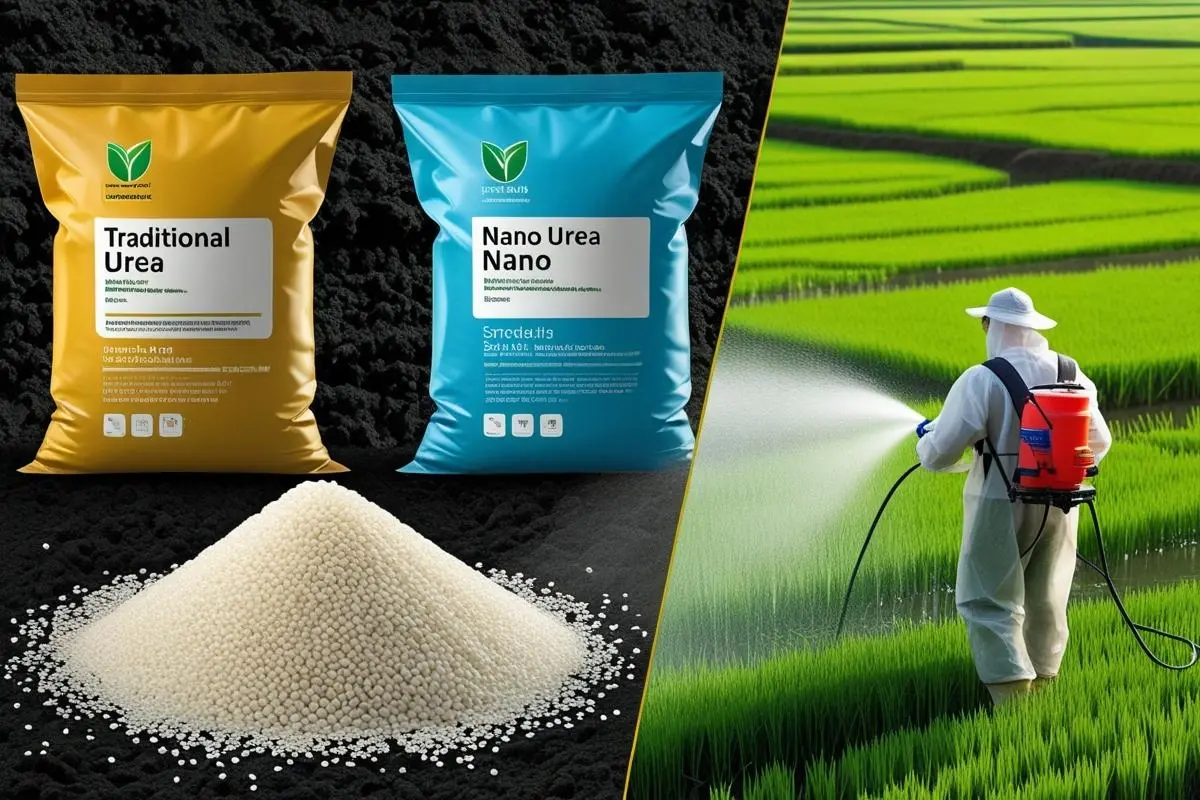Biofertilizers are natural fertilizers that contain living microorganisms, such as bacteria, fungi, and algae, which enhance soil fertility and promote plant growth by increasing the availability of essential nutrients. These tiny helpers fix nitrogen from the air, break down phosphorus, and promote plant growth by producing beneficial substances. Plus, biofertilizers are eco-friendly, budget-friendly, and a sustainable choice compared to chemical fertilizers, leading to less pollution and healthier soil in the long run.
There are several popular types of biofertilizers, like Rhizobium, Azotobacter, Azospirillum, and blue-green algae (BGA), and each one works best with certain crops and environments. While biofertilizers offer numerous environmental and economic benefits, they also have some limitations that farmers must consider. These disadvantages can impact their widespread adoption and effectiveness in agriculture. In this article, we will discuss the advantages and disadvantages of biofertilizers in agriculture.
Table of Contents
Advantages of Biofertilizers in Agriculture

1. Improved Soil Fertility
Biofertilizers boost soil health by making key nutrients like nitrogen, phosphorus, and potassium more accessible. Nitrogen-fixing bacteria such as Rhizobium and Azotobacter convert atmospheric nitrogen into a form plants can absorb, while phosphorus-solubilizing microorganisms make insoluble phosphorus available to crops.
2. Eco-Friendly and Sustainable
Biofertilizers are a great alternative to chemical fertilizers because they’re safe for the environment and help prevent soil and water pollution. Their use supports sustainable agricultural practices by maintaining ecological balance.
3. Cost-Effective
Biofertilizers in agriculture are a cost-effective alternative to expensive chemical fertilizers. They are especially beneficial for small and marginal farmers, reducing input costs while maintaining productivity.
4. Enhanced Plant Growth
Biofertilizers stimulate plant growth by producing growth-promoting substances such as auxins, cytokinins, and gibberellins. These compounds enhance root development, improving water and nutrient absorption.
5. Improved Soil Structure
Biofertilizers boost soil quality by enhancing the amount of organic matter and promoting microbial activity. This leads to improved aeration, better water retention, and easier root growth, all of which support the long-term health of the soil.
6. Reduction in Chemical Dependency
Biofertilizers reduce the dependency on synthetic fertilizers and pesticides, lowering harmful chemical residues in crops and soils. This leads to healthier produce and a safer environment.
7. Enhanced Crop Yield and Quality
Biofertilizers help boost crop yields and enhance the quality of produce by providing key nutrients and encouraging natural plant processes, leading to better nutritional value.
8. Sustainability in Organic Farming
Biofertilizers are integral to organic farming practices, aligning with global trends toward sustainable and chemical-free agriculture. Their usage helps farmers meet organic certification standards.
Disadvantages of Biofertilizers in Agriculture

1. Limited Shelf Life
Biofertilizers contain living microorganisms that require specific conditions for survival. Their shelf life is shorter compared to chemical fertilizers, and improper storage conditions, such as exposure to high temperatures or humidity, can reduce their effectiveness.
2. Slow Nutrient Release
The process by which biofertilizers release nutrients is natural and slower than chemical fertilizers. This slower process might not provide the quick nutrient boost that fast-growing plants need, especially during those crucial growth phases.
3. Environmental Dependency
The performance of biofertilizers is highly dependent on environmental factors such as temperature, soil pH, moisture, and organic matter content. Adverse conditions can significantly reduce the activity and efficiency of the microorganisms.
4. Requirement of Specific Conditions
Biofertilizers in agriculture often work best under specific conditions and for certain crops. For example, Rhizobium is effective only in legumes, and using the wrong type of biofertilizer for a crop may yield little to no benefit.
5. Competition with Native Microorganisms
The introduced microorganisms in biofertilizers may face competition from native soil microbes, which can reduce their ability to establish themselves and provide benefits to the crops.
6. Lower Immediate Yield
Farmers switching from chemical fertilizers to biofertilizers might experience a drop in yield initially, as the soil takes time to adjust to the organic inputs.
7. Complex Application Process
Unlike chemical fertilizers, which can be applied directly, biofertilizers require careful handling and application techniques, such as seed treatment or soil inoculation. Incorrect application can lead to reduced effectiveness.
8. Lack of Awareness and Expertise
Farmers in many regions, particularly in developing countries, lack adequate knowledge and training on the proper use of biofertilizers. Misuse or overuse can lead to poor results, discouraging their adoption.
Conclusion
In conclusion, biofertilizers play a vital role in promoting sustainable agriculture by enhancing soil fertility, reducing dependency on chemical fertilizers, and minimizing environmental pollution. Their ability to fix atmospheric nitrogen, solubilize nutrients, and improve plant health makes them an eco-friendly alternative to modern farming. However, their adoption is not without challenges. Issues such as dependency on environmental conditions, slow nutrient release, shorter shelf life, and the need for proper application techniques can limit their effectiveness. For biofertilizers to become a mainstream agricultural input, efforts must focus on improving formulations, providing farmer education, and developing supportive infrastructure. When used properly, biofertilizers can really help create a balance between farming productivity and protecting the environment.








